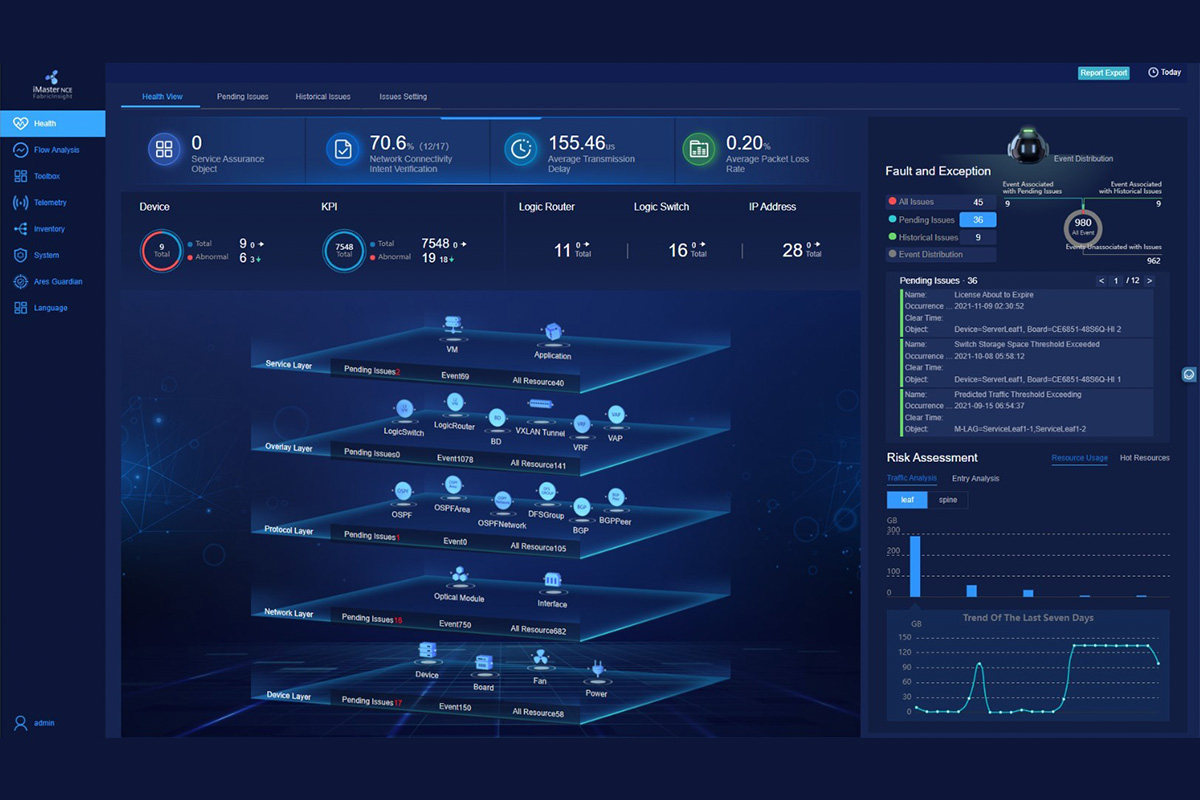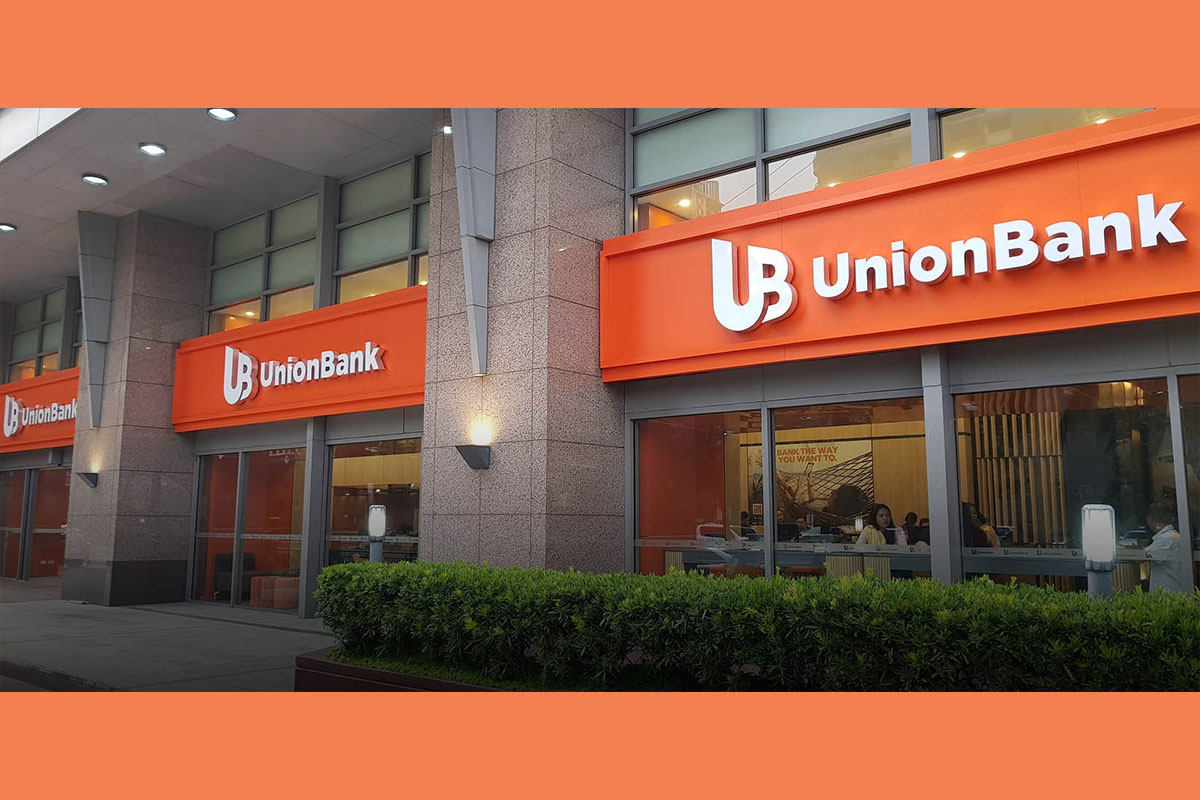The Union Bank of the Philippines, more commonly known as UnionBank, is recognized as one of Asia’s leading financial institutions, ranking among the country’s top universal banks in terms of profitability and efficiency. As a high-flyer, UnionBank has earned ample awards and recognition over the years; it has taken home the Asset Triple A’s Digital Bank of the Year 4 times, and won the Digital Trailblazer award in the Asia/Pacific region by IDC. It was also voted as the Most Recommended Retail Bank in Asia Pacific by BankQuality.com.
UnionBank has always spearheaded technological innovations to empower its customers. It is fully committed to being the Philippines’ leading bank of innovation to best serve the growing needs of Filipinos everywhere. It stands firm in its promise to power the future of banking by co-creating innovations for its customers and for a better world!
UnionBank is diving deeper into digital transformation, spanning network infrastructure, organizational structure, and operational mode. Data is exploding in the digital era, and it is the data center (DC) that processes and stores so much data, especially an enterprise’s core data and production systems; it is also the starting point of business innovation. UnionBank is among the first to embrace digital transformation by building a next-generation DC architecture and promoting data center network (DCN) transformation. The resulting benefits include more agile and reliable networks, higher-quality services, and more energetic business innovation.
Originally, UnionBank operated an active/standby disaster recovery (DR) DC architecture that was built on legacy devices. This legacy network architecture, however, became less practical as the bank’s services developed. There were challenges in rapid and elastic scaling, agile deployment, or E2E automation, and meeting agile service innovation requirements. To overcome these challenges, the bank needed to build a next-generation smart DCN as soon as possible.
After careful consideration and comparison, UnionBank finally decided to join hands with Huawei to build a smart DCN. The bank came to its decision based on Huawei’s unrivaled strengths, including future-oriented DCN architecture, smooth network migration and evolution, a simplified and intelligent DCN O&M system, and customer pain point-targeted real-time service support.
1. Future-Oriented DCN Architecture, Facilitating Efficient Migration and Smooth Evolution
Huawei’s CloudFabric Autonomous Driving Network Solution for DCs helped UnionBank build a future-proof, world-leading DCN, in which active and standby DCs are built on a VXLAN-based software defined networking (SDN) spine-leaf architecture, N resource pools are built based on the resource attribute categories, and iMaster NCE-Fabric is deployed to implement automated network deployment and elastic scaling. iMaster NCE-Fabric is also used to manage firewalls and load balancers from multiple vendors, enabling pool-based value-added services such as security and load balancing.
When it came to migrating and upgrading UnionBank’s production network, the time window for such operations needed to be strictly limited to guarantee bank service continuity and minimize migration impacts on the services. This was a big challenge. To overcome this, Huawei carefully designed a smooth, convenient migration solution, which could be implemented in four simple steps.
The first step is to build a new SDN network. iMaster NCE-Fabric discovers and maps the legacy network configurations to ensure high configuration consistency between the new and legacy networks. The second is to migrate Layer 2 services. iMaster NCE-Fabric streamlines Layer 2 configurations of the legacy and new networks and automatically migrates servers (physical and virtual machines). The third is to migrate Layer 3 services. iMaster NCE-Fabric streamlines Layer 3 configurations of the legacy and new networks and migrates Layer 3 gateways to the new network. This is how service migration is completed. The very last, simple step is to verify service continuity. Namely, iMaster NCE-Fabric verifies network connectivity, service paths, and change impacts to ensure that all the service systems are working properly.
After dozens of network migrations in early mornings, Huawei successfully migrated the bank’s legacy architecture to a future-proof DCN architecture without triggering any configuration rollback or network accidents.
2. E2E, High-Level Automation, Facilitating Network Simulation and Change Evaluation
As agile service innovation gains momentum, the UnionBank’s DC needs to be able to rapidly respond to service needs. This can hardly be achieved on such a busy network, on which numerous new services and a large number of changes are made per year, over 3000 on average. To handle this, network engineers must spend more than half of their time in adapting the network to new services and changes. Typically, the routine approach to making a network change is to design a change solution based on expert experience, evaluate change impacts, implement the solution, and manually check the change result. This, however, cannot prevent change errors as networks keep scaling out and become increasingly complex.
iMaster NCE-Fabric can handle all of this. Through modeling and simulation, it can automatically evaluate change risks and impacts, execute changes, and perform post-change verification, ensuring error-free network changes that can perfectly meet customer expectations. Not only this, customers can also create continuous monitoring tasks on iMaster NCE-Fabric, so that their services can run under constant guarantee.
3. AI-Powered “1-3-5” Intelligent O&M, Redefining How to Operate and Maintain DCNs
To improve customer experience and efficiency, UnionBank launched the on-line registration service, enabling customers to enjoy high-quality financial services from the comfort of their own home. As the service became more popular, many customers encountered frequent service access failures or frame freezing, leading to numerous complaints. In response, the bank began to locate the fault on its DCN; however, it was exceedingly difficult to detect network delay jitter and packet loss in the traditional O&M mode that favored manual operations and heavily depended on expert experience. Fault locating was also time-consuming and labor-intensive in this mode because engineers needed to obtain packets node by node for locating. All of this fed into a less-than-ideal customer experience.
This is where Huawei’s iMaster NCE-FabricInsight comes in. It innovatively applies AI into DCN O&M, helping UnionBank implement intelligent DCN O&M in all scenarios. To elaborate, it enables telemetry-based all-scenario KPI subscription in seconds, establishing a five-dimensional, real-time network health evaluation system. The dimensions are device, network, protocol, overlay, and service. In addition, leveraging Huawei’s over 30 years of O&M experience and tens of millions of data samples, iMaster NCE-FabricInsight can identify correlations between network objects and conclude fault spreading rules based on big data mining and modeling, thereby accurately detecting 75 types of typical faults in 1 minute, locating them in 3 minutes, and rectifying them in 5 minutes. Not only this, iMaster NCE-FabricInsight achieves a future-oriented shift from passive O&M to proactive O&M, freeing network engineers from the traditional labor-intensive, passive DCN O&M. This has empowered UnionBank to maximize its DCN O&M efficiency.
The smart DCN is just the beginning. UnionBank continues to push the envelope in its digital transformation journey by holding a groundbreaking virtual ceremony for its Innovation Campus — a real-estate development supportive of the institution’s innovation initiatives. This campus is also seen to be the hub for blockchain, AI, and other new technologies that will revolutionize people’s way of life. Huawei looks forward to cooperating with UnionBank in further fields and helping UnionBank delve deeper into digital transformation.
SOURCE Huawei Technologies Co., Ltd.



